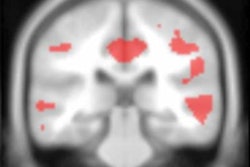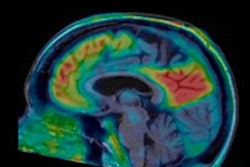
The U.S. National Institutes of Health (NIH) has provided additional funding for researchers to use PET imaging to study Alzheimer's disease among Mexican Americans. The funds add amyloid and tau PET imaging to the ongoing Health and Aging Brain Among Latino Elders (HABLE) study.
HABLE is a $45.5 million project aimed at identifying dementia biomarkers among Mexican Americans. The goal is to better understand brain aging disparities between Mexican American and non-Latino white individuals in the U.S.
Researchers at the University of North Texas (UNT) Health Science Center in Fort Worth launched the HABLE study in 2017. Nearly 2,000 people ages 50 and older in the Fort Worth area have volunteered to participate.
The team will investigate whether clinicians can use traces of amyloid peptides, tau, neurofilament light, and blood exosomes to screen for Alzheimer's disease among patients with varying symptoms. The additional neuroimaging component will help the researchers better categorize participants by dementia type and disease stage, according to the NIH.
The findings will be particularly important because the number of Latinos age 65 and older is expected to nearly quadruple by 2060. The NIH estimated Latinos will face an estimated 3.5 million cases of Alzheimer's disease by 2060 -- the largest increase in cases among any racial/ethnic group in the U.S.
"Measuring additional biomarkers in this population will provide important clues to guide approaches to target the right disease processes in the right people at the right time," stated Dr. Eliezer Masliah, director of the National Institute on Aging Division of Neuroscience, in a press release.
Sid O'Bryant, PhD, from UNT's Center for Translational Research will serve as the principal investigator for both the original HABLE study and the new neuroimaging component, Health and Aging Brain Among Latino Elders - Amyloid, Tau, and Neurodegeneration [HABLE-AT(N)]. Other team members include experts in Mexican American cognitive aging, neuroimaging, blood-based biomarkers, and statistical modeling.




















